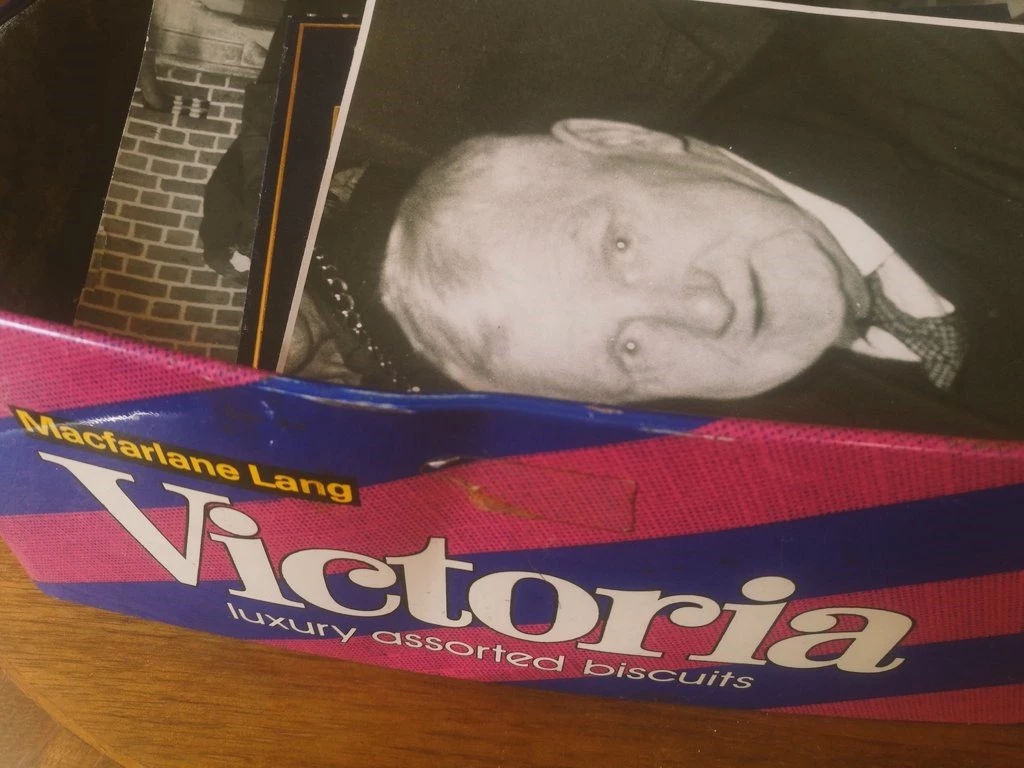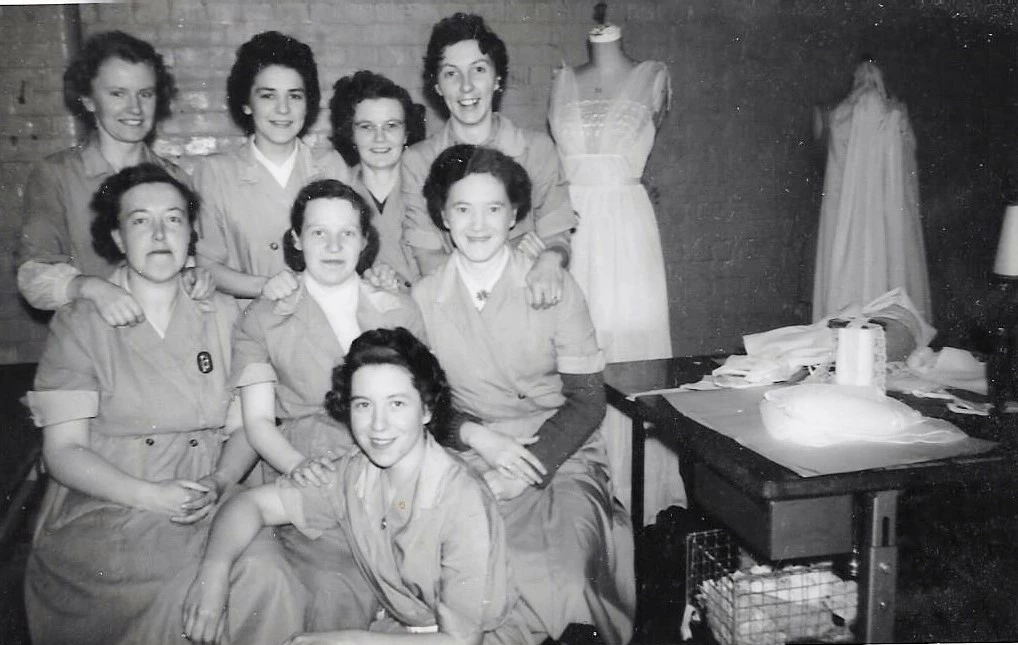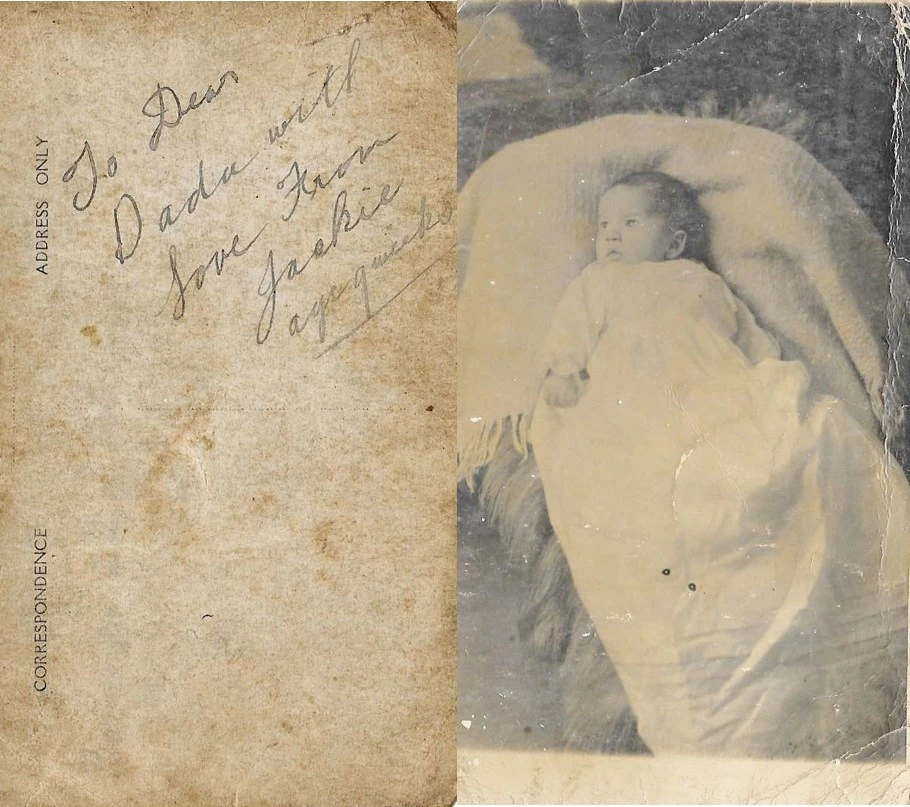Creating a card catalogue for the Oakdale Workmen's Institute Library
, 15 September 2017
Throughout 2017 the Museum has been celebrating the 100th anniversary of the Oakdale Workmen’s Institute with a variety of projects, all aimed at bringing the building alive again. One of these projects has involved cataloguing the books housed in the Institute’s Library.
When the building opened in 1917, the Circulating Library operated out of the Book Room (which is now the ladies lavatories), it wasn’t until 1932 that it was relocated into the current room, due to outgrowing its space.
The Book Committee was responsible for choosing and purchasing the books, and they purchased a wide variety of different subjects. There is a note in the Committee Minutes that in 1918 a book of “questionable character” was to be burned, but not before the Committee had been allowed to read it, if they so desired!
The rules for using the Library allowed for one book per member for 14 days, although in 1928 that was increased to two, so as to allow members to choose a book for their wives. And, in 1933 they decided to set up a children’s section in the Library.
The Library was well used, the minutes record the poor state of repair of the book stock due to overuse, at one point 300 to 500 books were being loaned each month. However, the Library was closed and the books dispersed when a branch of the County Library opened in 1967.
The Institute then closed entirely in 1987, before being relocated to St Fagans, where it was rebuilt and reopened to the public in 1995. At this time many other Workmen’s Institutes donated items from their buildings, and now the Library holds a mix of books from across many of those areas.
A keen group of volunteers came together to in May 2017, to start working on writing out book record cards. These would then be housed alphabetically in wooden drawers, allowing visitors to browse through the contents of the library shelves, much as original users of the Institute’s Library would have done.
As we copied out the details of each book, one by one, we had the opportunity to discuss the wide range of material available to the Institute’s members. The collection included technical manuals, classic works, poetry, sermons and bible stories, mysteries, thrillers and adventure stories, and political works.
The mystery and adventure novels certainly seemed the most popular, judging by the amount of date stamps in the front. However, probably the really popular books didn’t survive, as the wear and tear on them would have been the greatest.
We found many books in the library with the distinctive red covers of the Left Book Club, a publishing group founded by Victor Gollancz in 1936, with the aim to “help in the struggle for world peace and against fascism”. It offered members a monthly book choice, and the Book Committee at Oakdale joined in 1937.
We also found a number of books which had been part of the Boots Booklovers Library, an initiative that many of us hadn’t heard of before. From 1899 till 1966 Boots ran a subscription based lending library out of their chemist branches, at one point more than 400 branches across the UK were participating in the scheme. Many of the books had a distinctive green badge, identifying them as part of the Boots Library, and were probably donated after the closure of the branches.
A large collection of books that came originally from the Nantymoel Workmen’s Hall, donated by a father in 1952 in remembrance of his son. They were copies of the 100 Best Books collection from Sir John Lubbock's choice of books. This was a list originally compiled in 1886, after a speech given at the Working-Men’s College in London, on the best books for self-education.
We admired how attractive some of the books looked, with stunning illustrations or cover designs. There were a number dating from the 1930s, published by Gwasg Aberystwyth which had very striking designs, including a copy of Y crefftwr yng Nghymru (The craftsman in Wales) by Iorwerth C. Peate, founder of St Fagans National Museum of History!
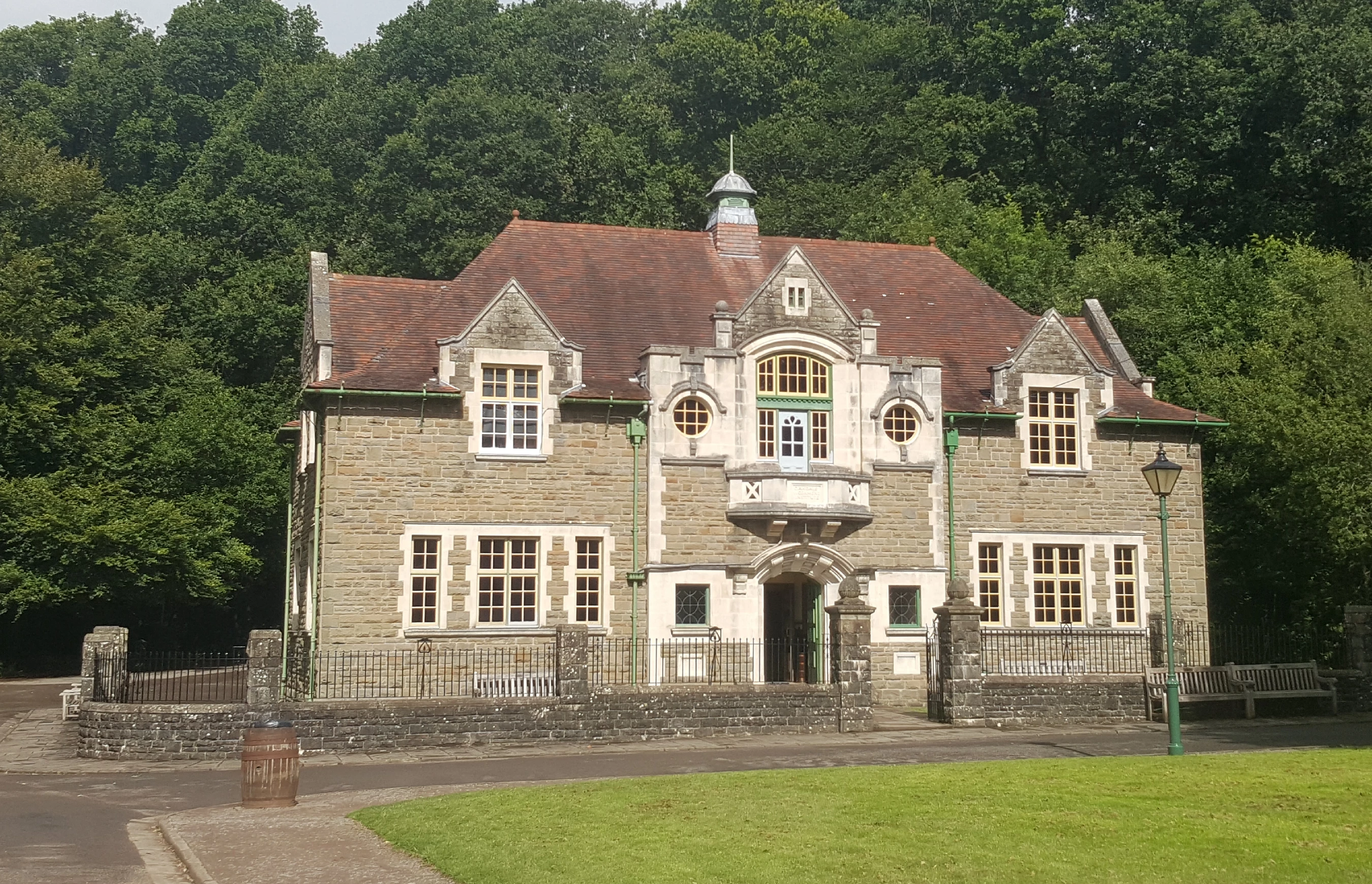
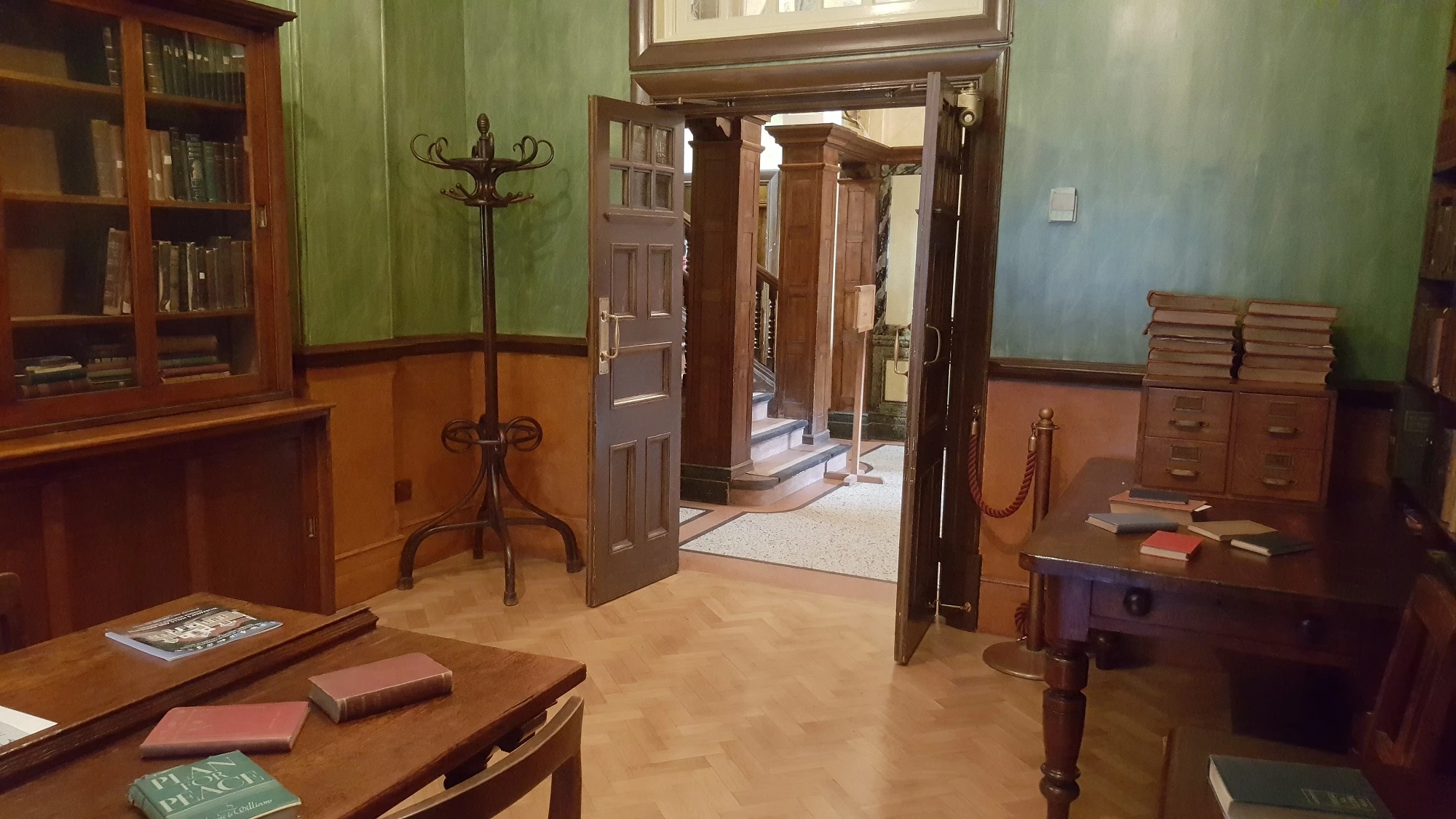

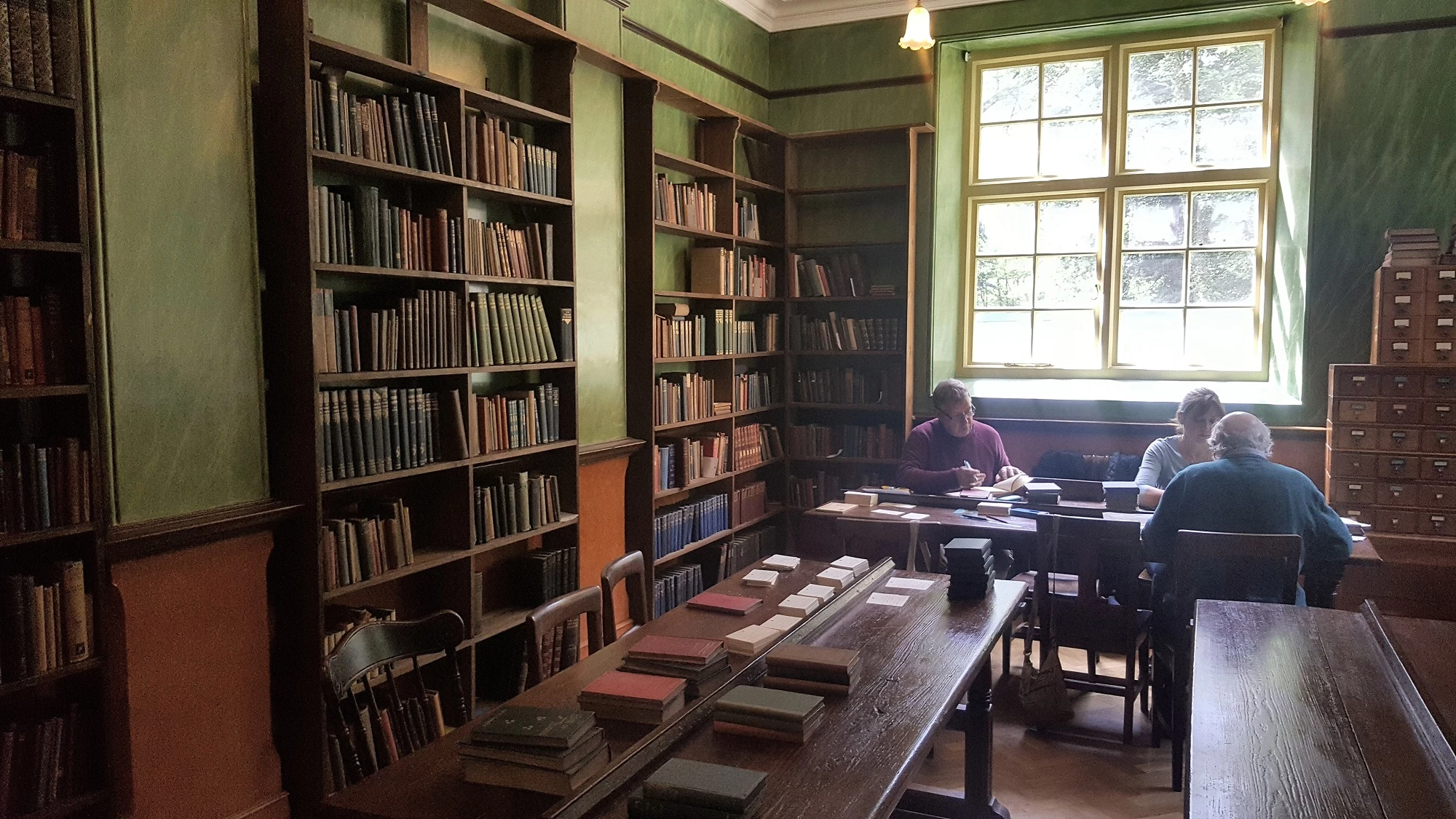

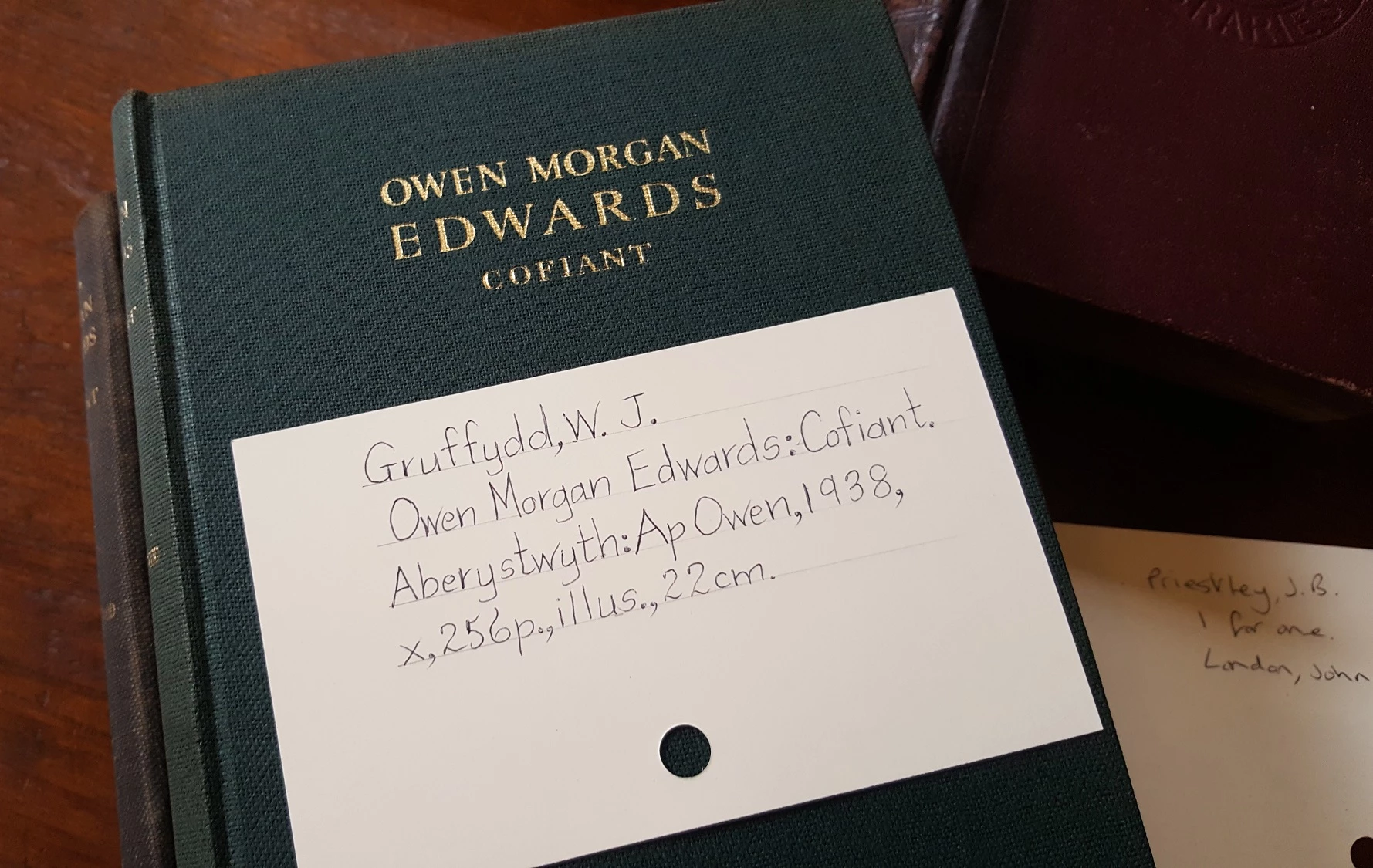
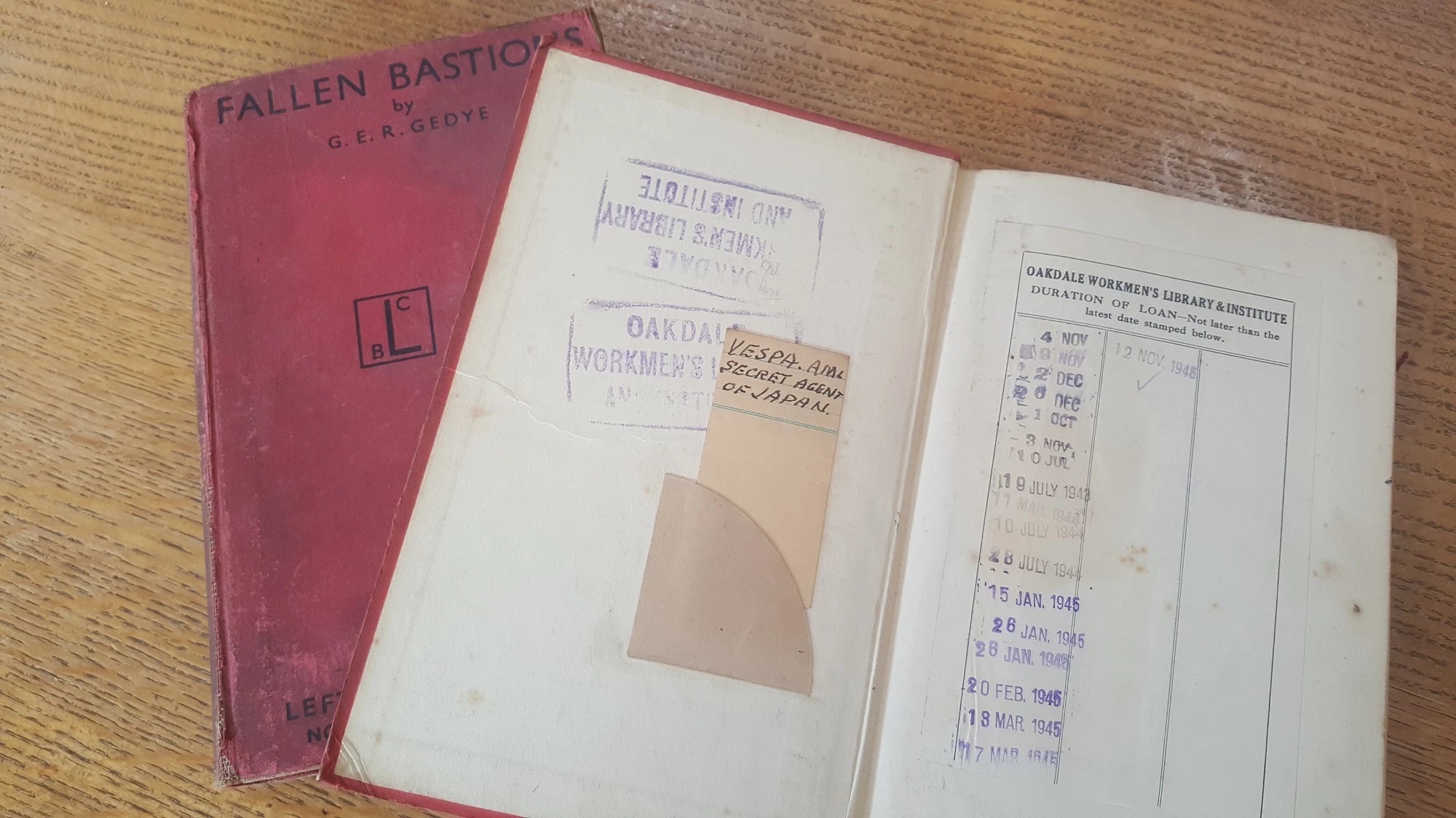

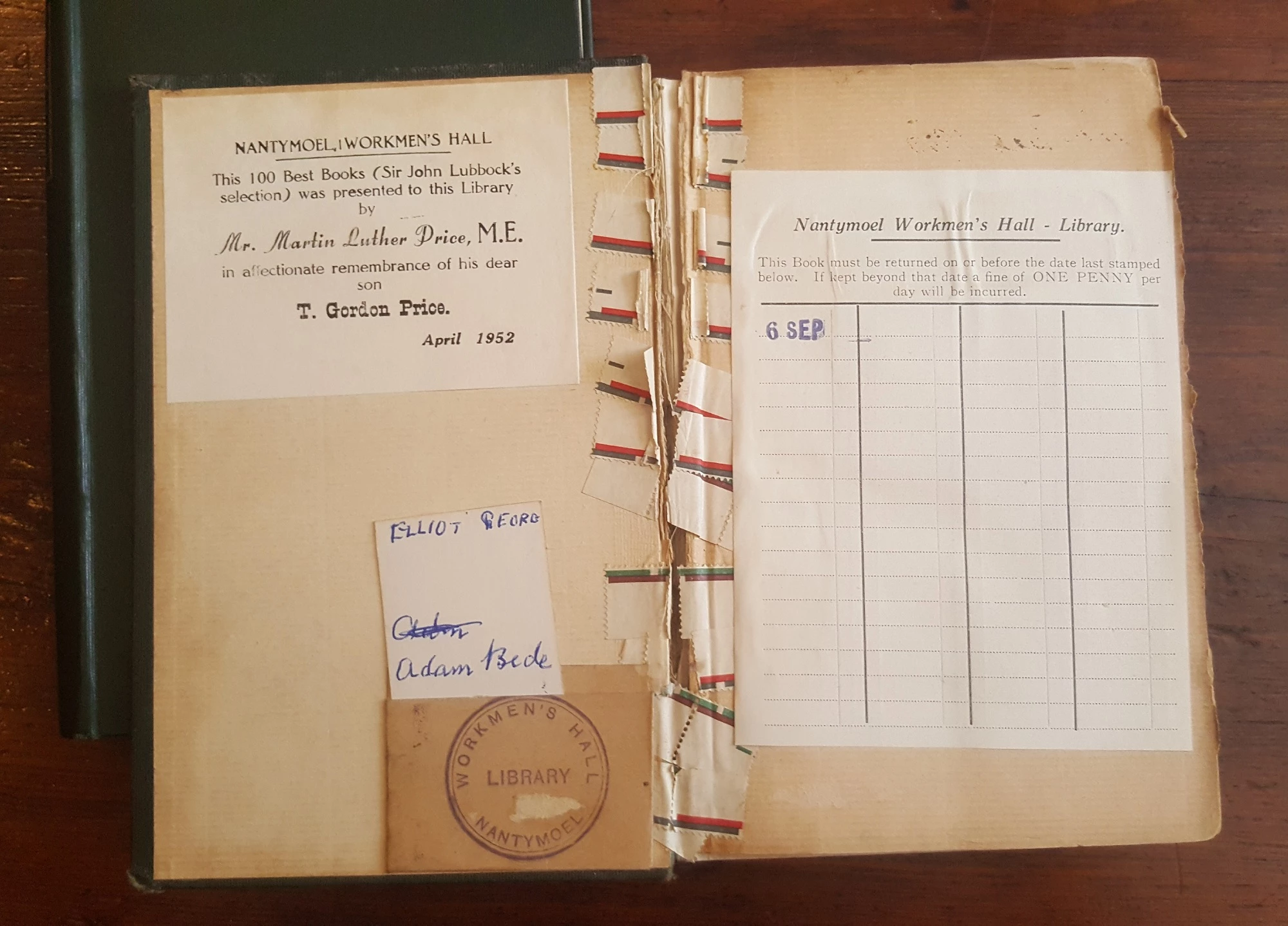
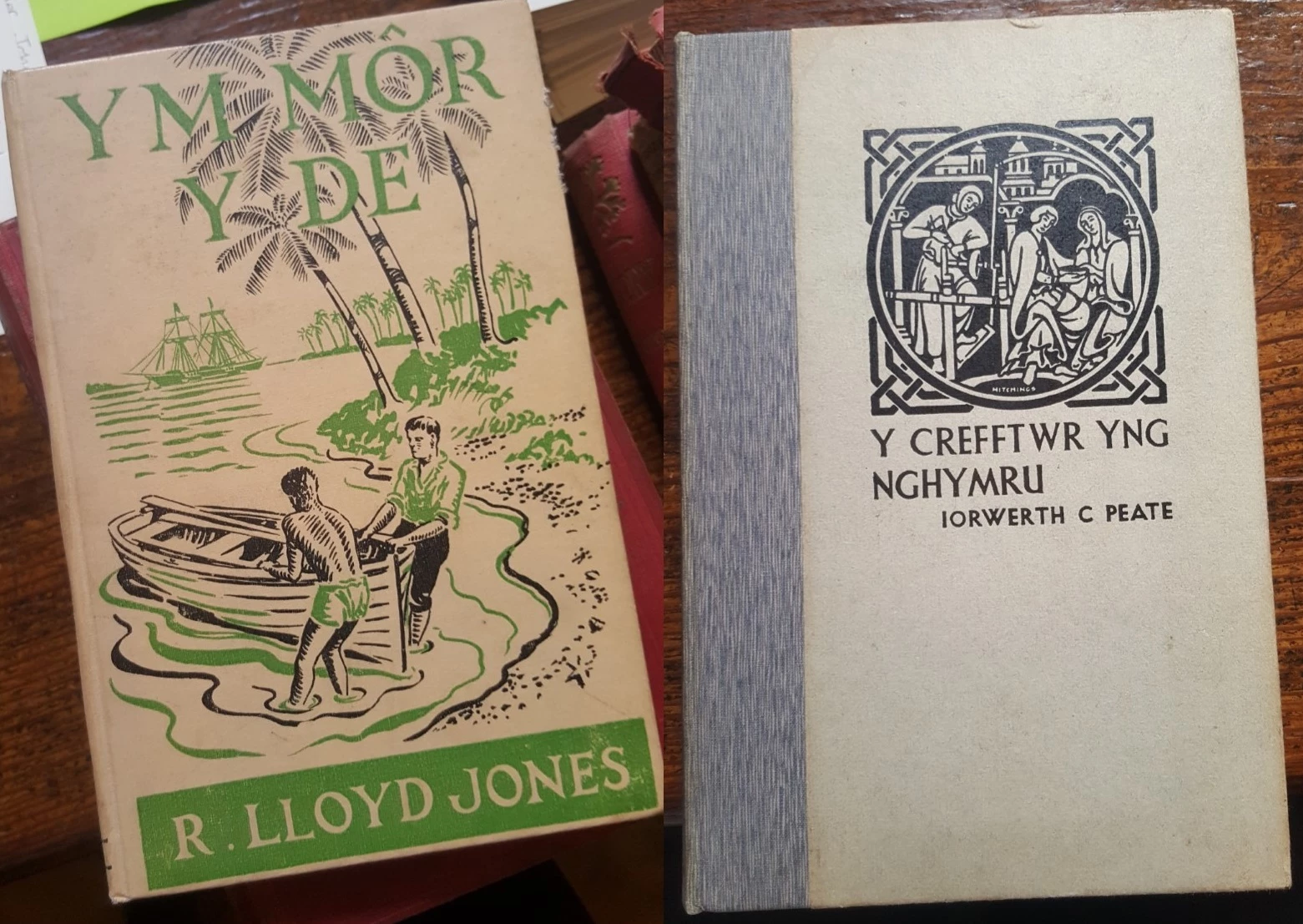
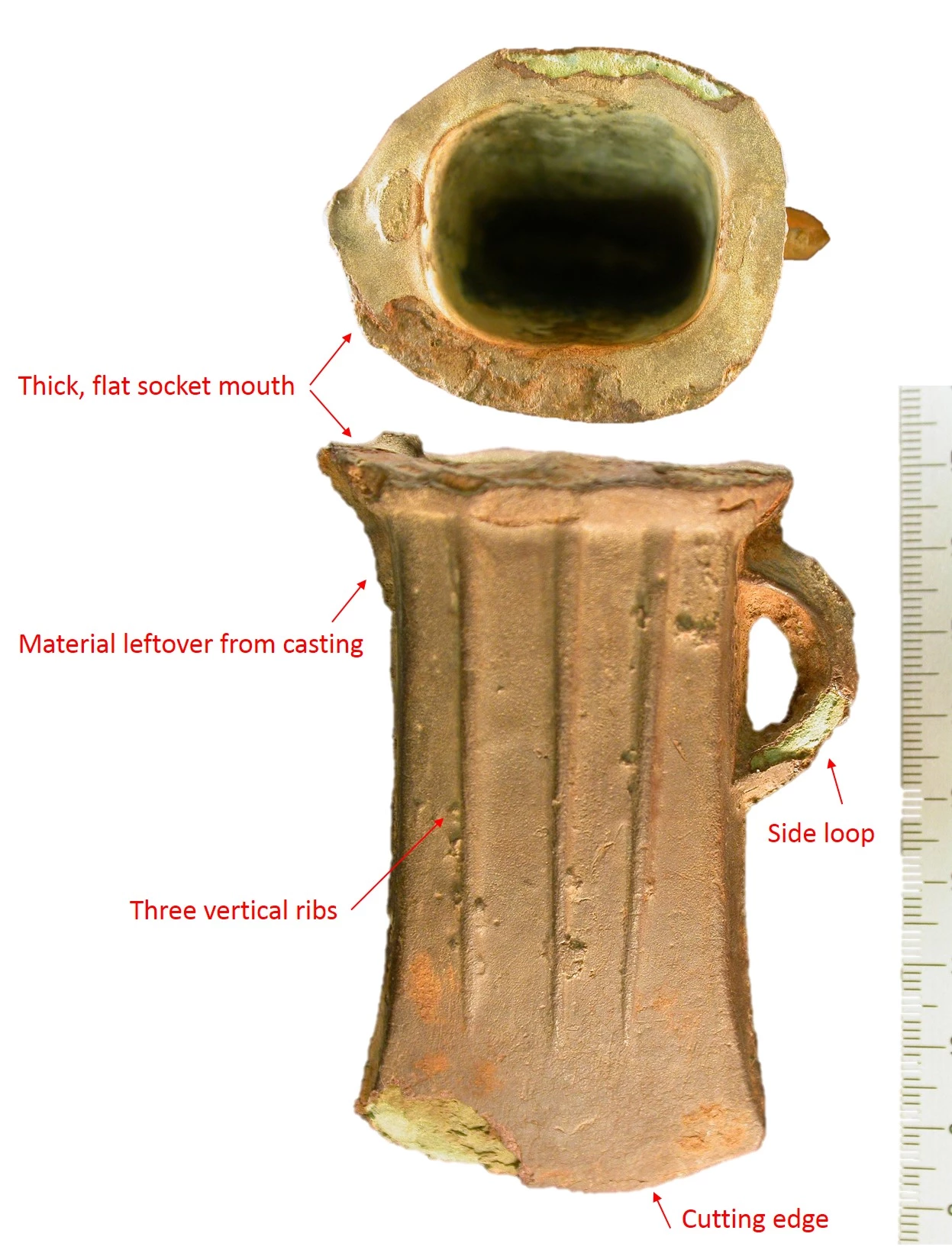
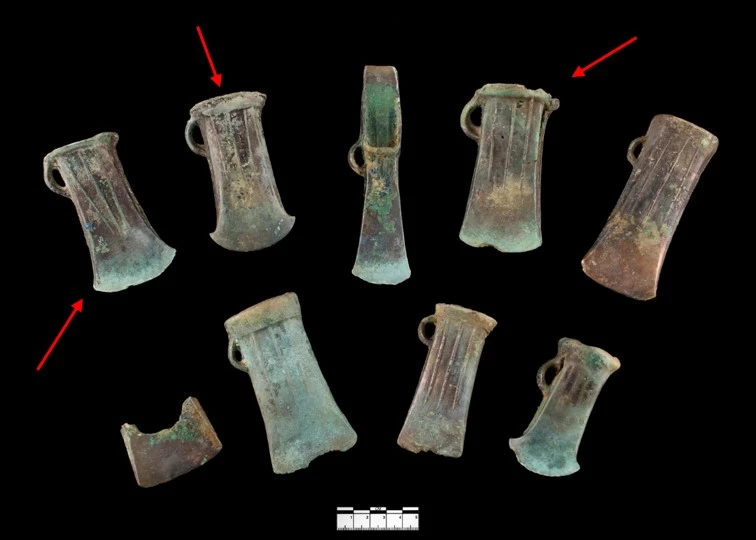
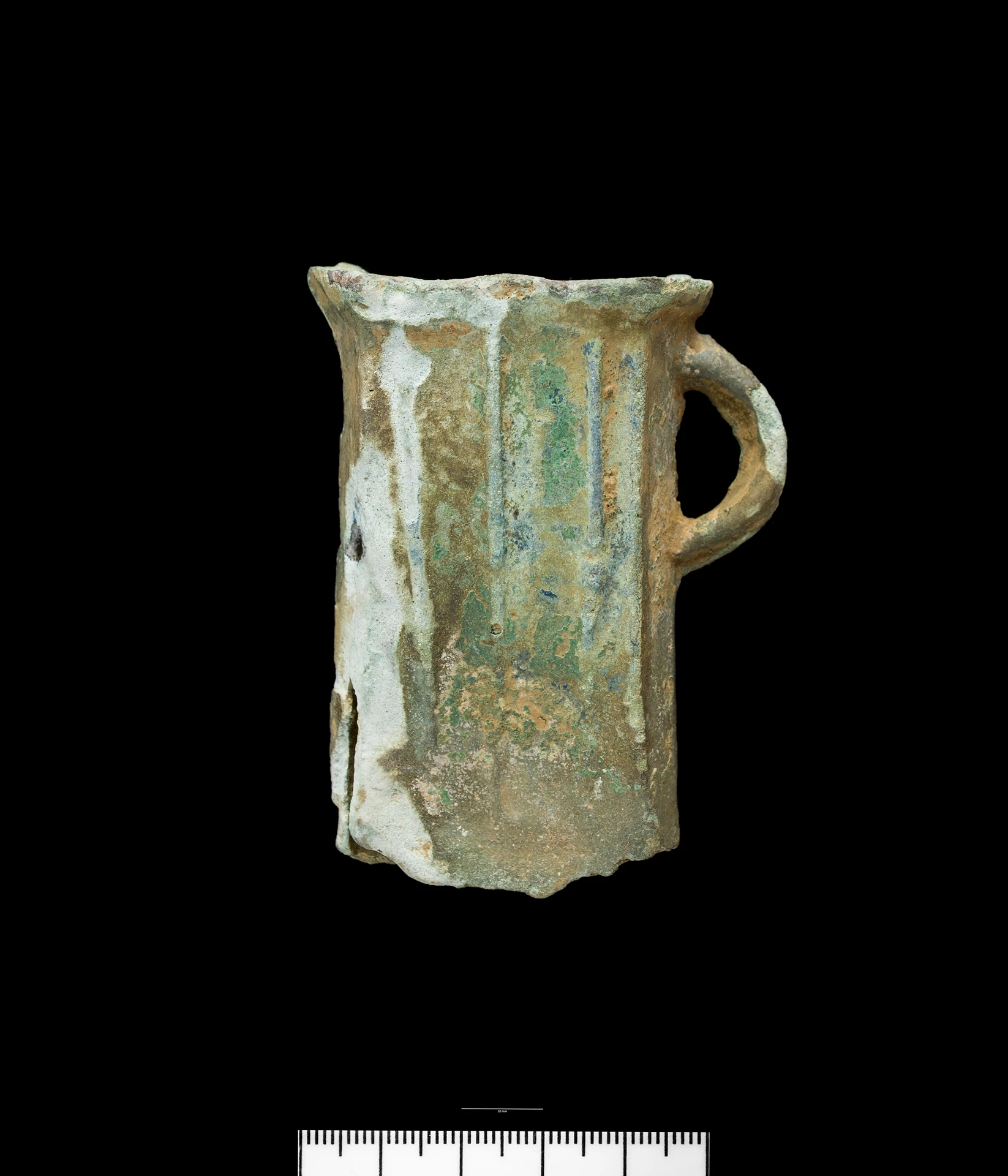


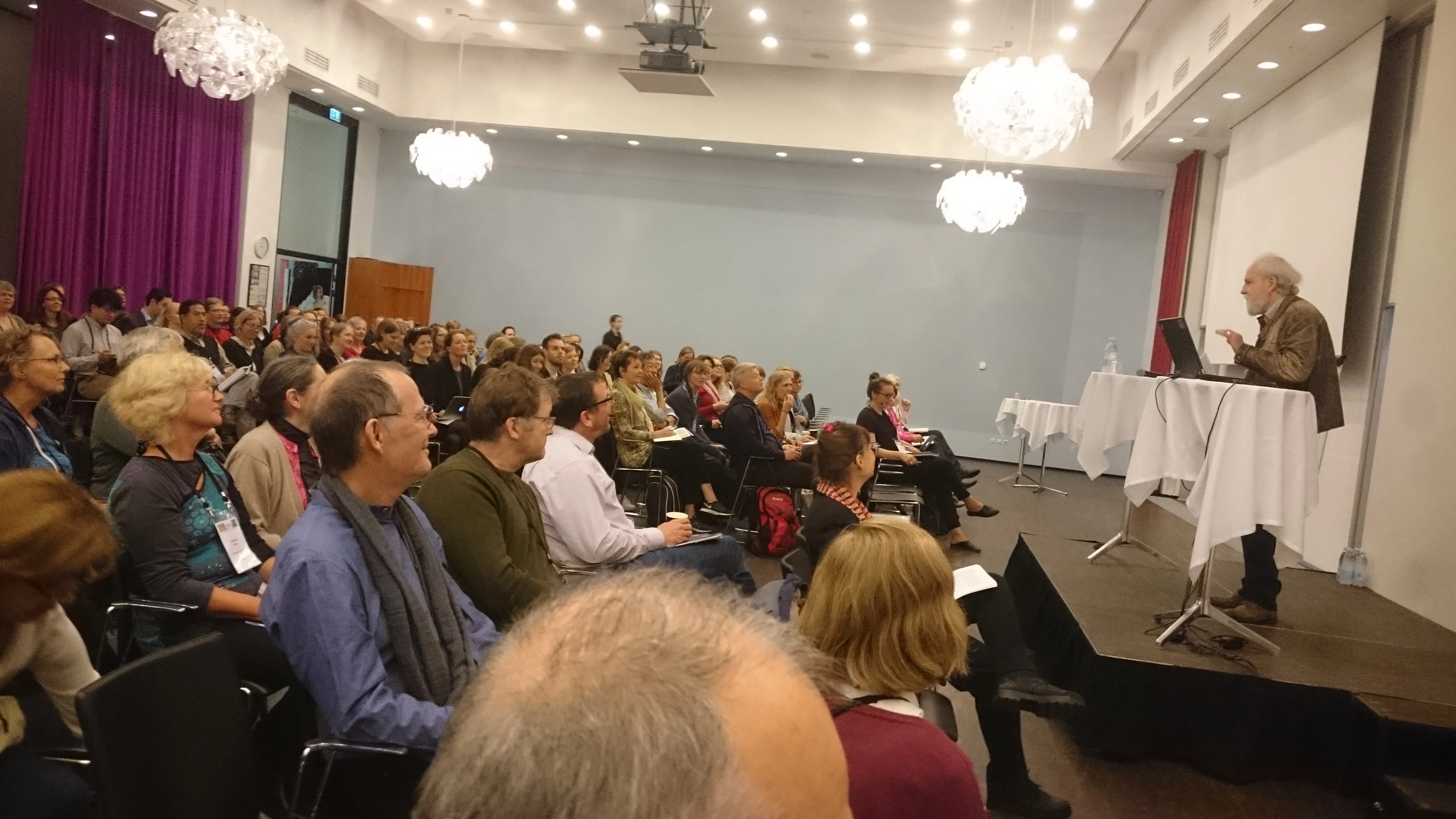

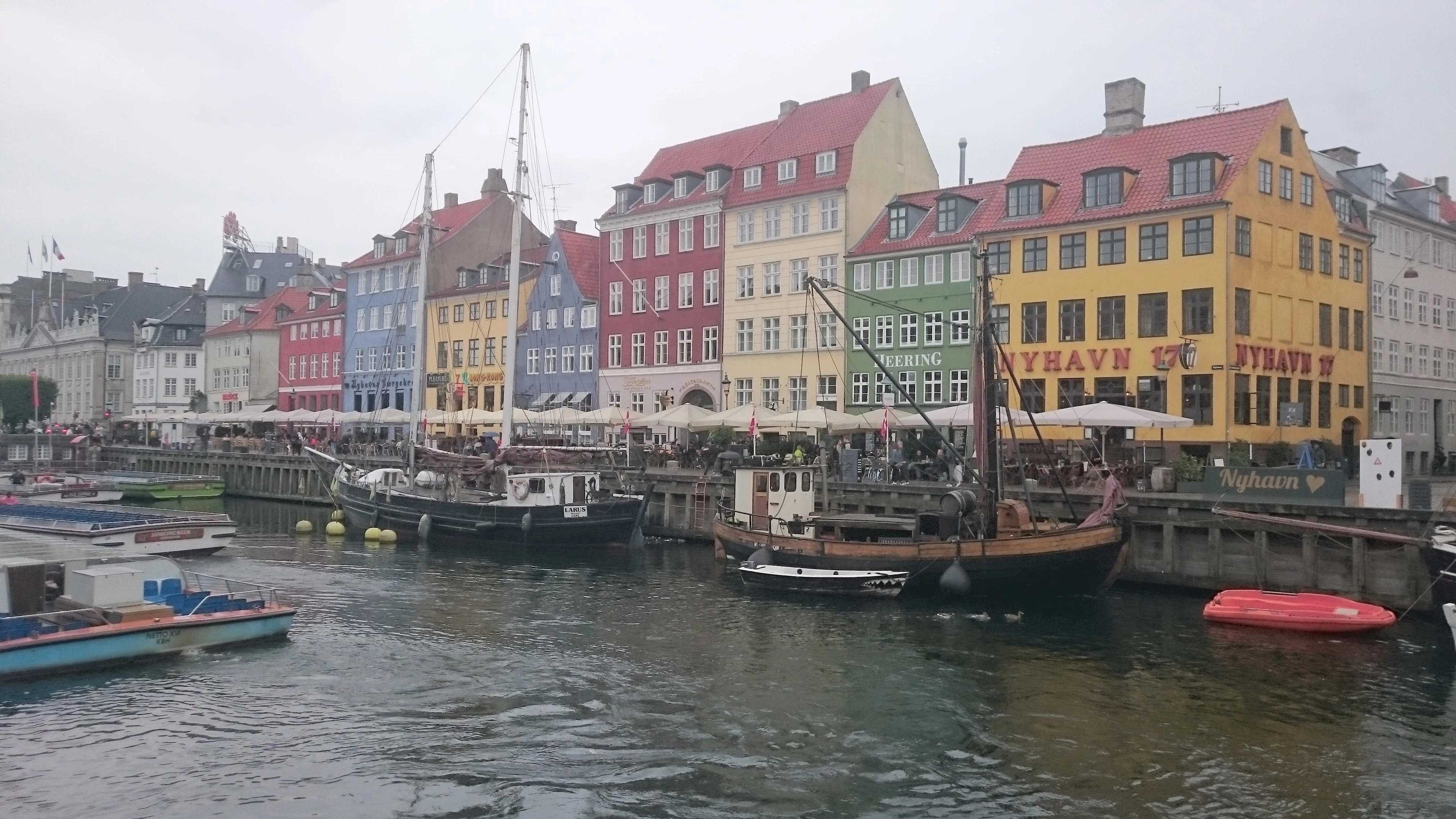
![Hetty Edward's Red Cross uniform [from the collections at St Fagans National Museum of History]](/media/42608/version-full/EH-Edwards-1-DF202606.webp)
![Hetty Edward's Red Cross badge [from the collections at St Fagans National Museum of History]](/media/42609/version-full/EH-Edwards-2-DF202578.webp)
![Hetty Edward's Red Cross Society certificate for 'First Aid to the Injured' [1943]](/media/42607/version-full/EH-Edwards-10-DF202577.webp)


